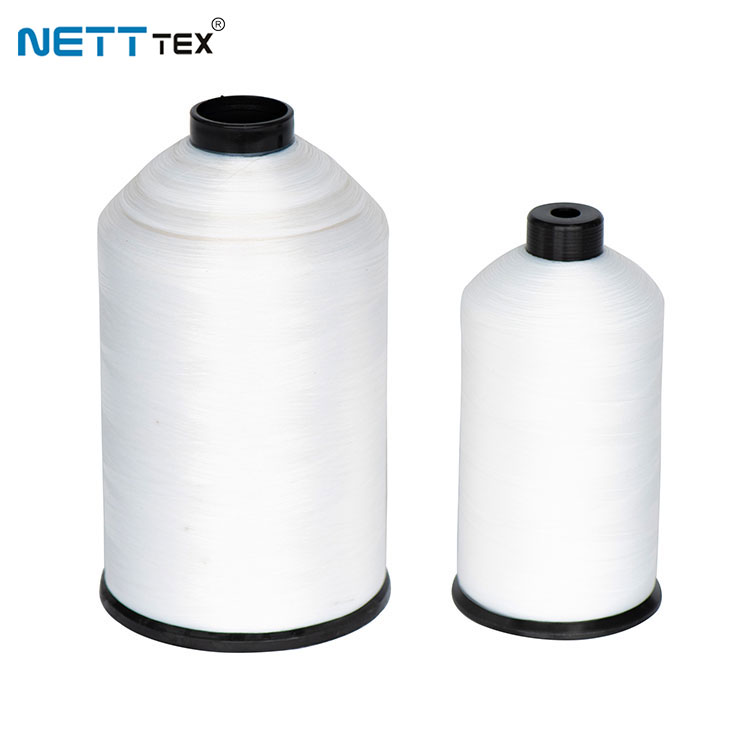Will PTFE Thread Sewing Become Fuzzy after Long-term Use?
The structural stability of PTFE thread sewing comes from the molecular inertness of its perfluorocarbon chain. The material is formed into a continuous monofilament or multifilament structure through melt extrusion. The extremely low surface energy property leads to significantly lower inter-fiber friction than conventional textile wires. The essence of the fuzzing phenomenon is the detachment of microfibrils on the surface of PTFE thread sewing under mechanical stress, and the rigidity and crystallinity of PTFE's molecular chain constitute the basis for anti-peeling.

The orientation control of the PTFE thread sewing spinning process directly affects the longitudinal splitting resistance. Although the high-multiple stretching process improves the strength of PTFE thread sewing, it may induce internal stress concentration points. Repeated bending and friction during use will gradually destroy the molecular arrangement of the surface layer, but the stability of the fluorocarbon bond delays this process. The special-shaped cross-section design reduces local pressure by increasing the effective contact area, indirectly inhibiting the rate of hairiness generation.
The creep behavior in a hot and humid environment causes microscopic changes in the diameter of PTFE thread sewing, which may increase the frequency of collision with the needle eye of the sewing machine. The silicone oil coating introduced by the finishing process gradually disappears over time, and the changes in the friction characteristics of the exposed original surface may trigger new wear patterns. The molecular weight distribution of some recycled PTFE lines is relatively wide, and the proportion of amorphous regions is relatively high, which becomes a potential cause of early fuzzing. In addition, the matching relationship between stitch density and fabric roughness affects the actual loss rate.




